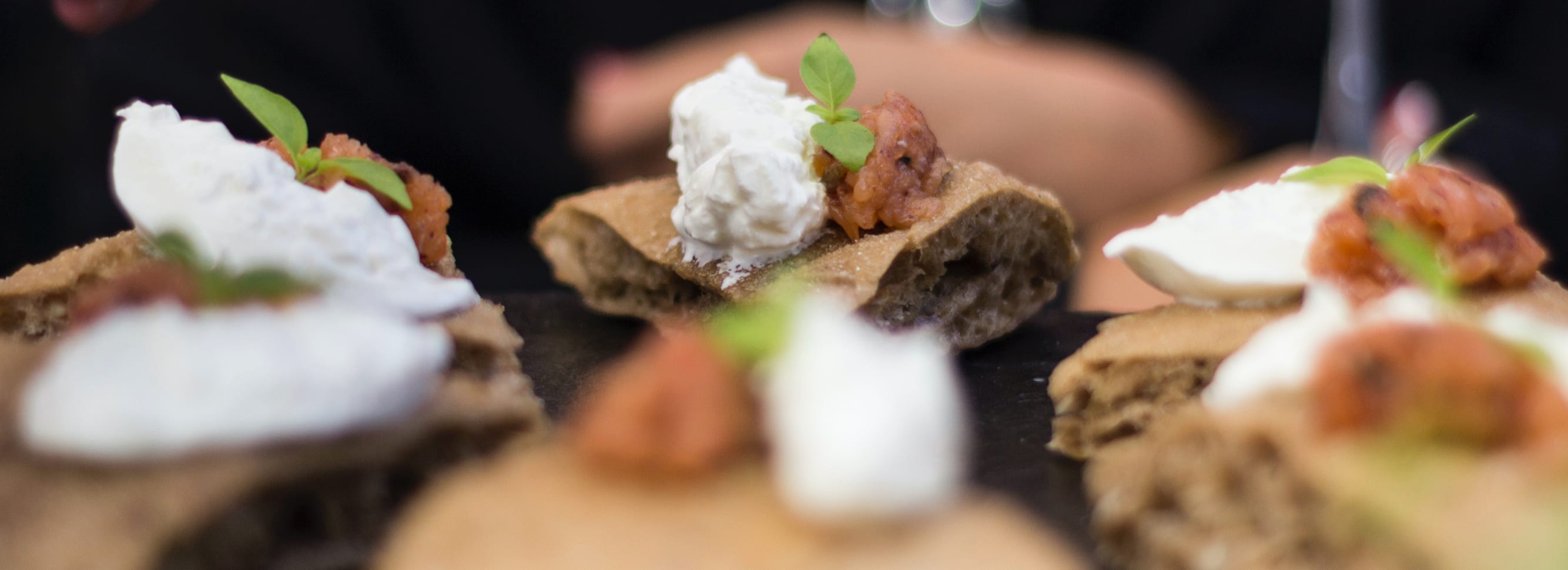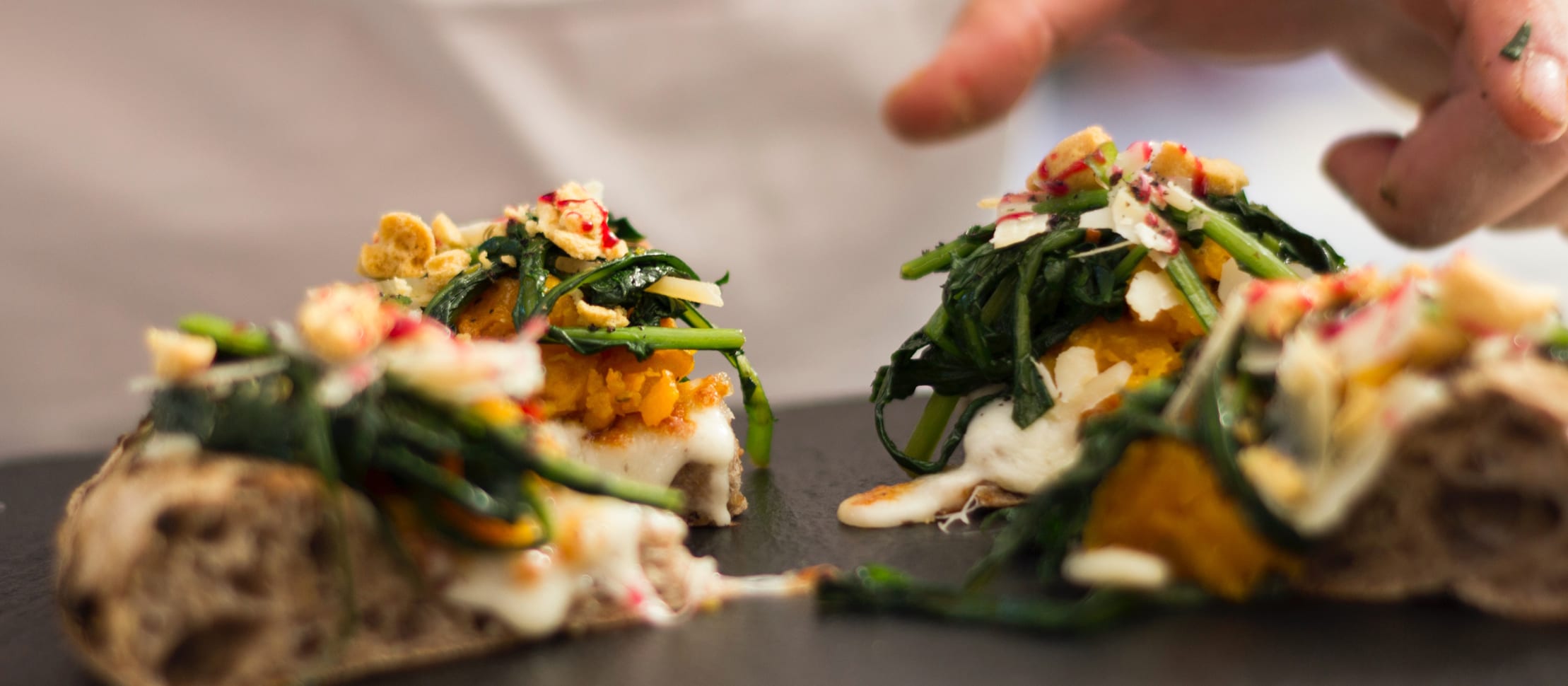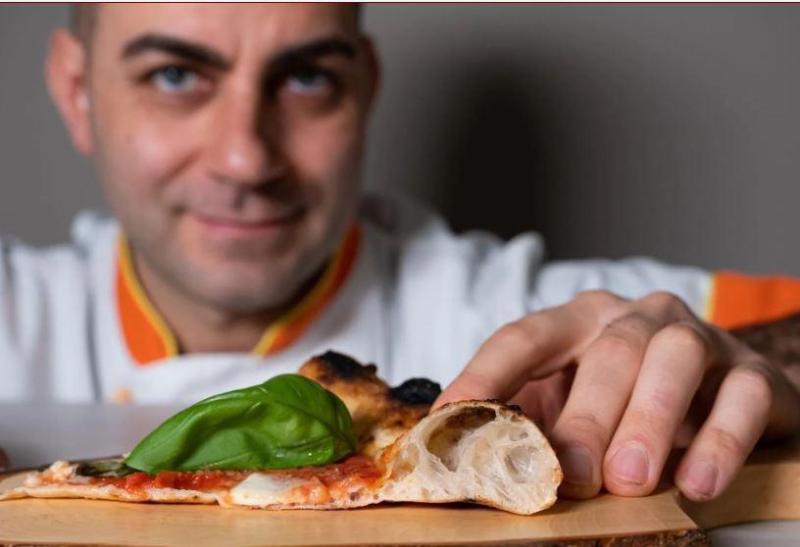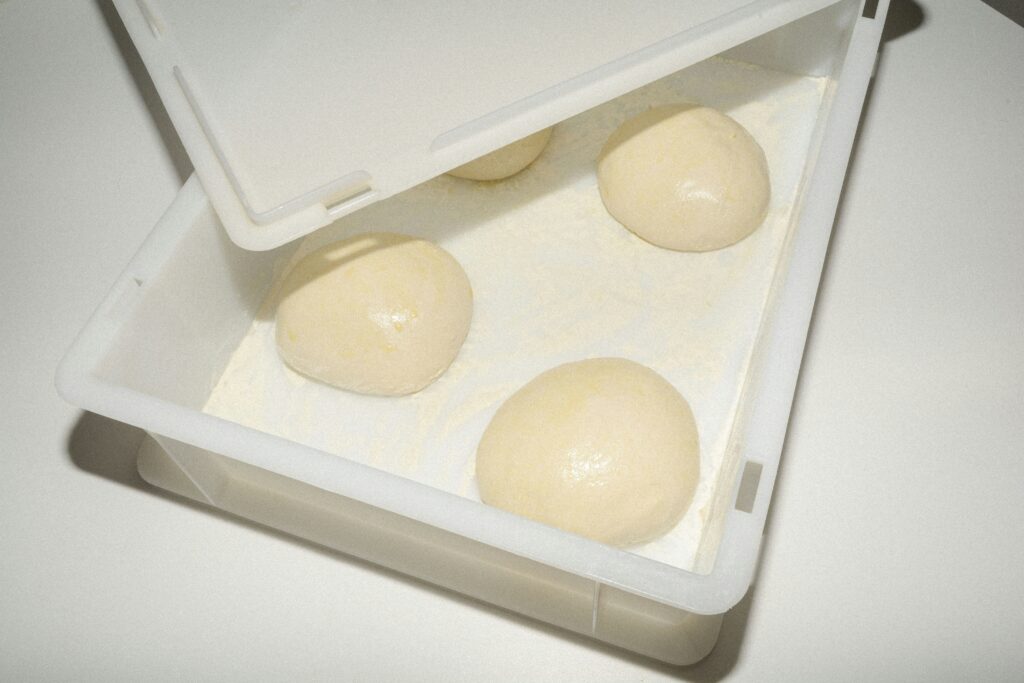
The world of pizza is an ever- evolving world. As it happened and is still happening for the cooks, it is an almost enduring moment of splendor and daily celebrations for pizza makers as well.
It must be said, however, that the transformations we have witnessed over the past few years totally justify this kind of attention somehow. In fact, pizza universe has undergone a revolution that highlighted the pizza origins as street food – though noble – and led it to evolve and rise to the honors of the most distinguished gastronomic chronicles.

Being now controversial and overused, to say the least, the term gourmet it’s the first element that set a dividing line between the new trend pizza and the pizza par excellence, the original and inimitable product made by Neapolitan pizza makers, whose art has recently become a UNESCO Heritage. What it is, then, that distinguishes a common pizza from a gourmet pizza? You need to take a step back and frame today’s panorama. In Italy, pizza had a major expansion and differentiation in terms of identity, starting from the big change that the city of Naples knew from its origin, above all qualitatively speaking. In fact, the city has grown very much as for what concerns flour and dough as for what concerns leavening and fillings.
All this excludes the never dormant controversy coming from the Vesuvian area, according to which there is still a vivid reluctance to accept alternative ways to make pizza that differs from the tradition; even the use of another oven instead of the wood-burning one is debated, although the “True Neapolitan Pizza Association” (Associazione Verace Pizza Napoletana) has recently broken the taboo and declared its consent to the electric oven.

In the Verona area, precisely at Tigli, in San Bonifacio, Simone Padoan was responsible of the first important breakthroughs in the gourmet trend field. With his rigorous style and a pizza that is completely distant from the logic of immediate usability, popularity and low prices, he has set in motion a trend that has generated an impressive number of proselytes, who have started serving slices of pizza whose filling is close to an haute cuisine dish. A stone’s throw from him, there is Renato Bosco, which is the ultimate media face as well as a great yeast expert. In Emilia, there are Matteo Aloe (he is from Calabria, actually) at Berberè, which has become a branched reality and Davide Fiorentini at O’ Fiore Mio; there is also Gianni di Lella with his daring but successful ideas about sweet pizza, at La Bufala, in Maranello. Near Torino, at SP143, you can find Giulio Grasso’s pizzas, which are designed together with a Michelin star chef such as Igor Macchia, since the pizzeria belongs to a great restaurant like La Credenza.
In Tuscany, at Battil’oro, a Neapolitan style pizza maker like Gennaro Battiloro has embraced the cause of the pizza in which filling ingredients are combined to mixology. Going a little further south, you will find Gabriele Bonci and Giancarlo Casa, the forerunners of the capital, with two different but equally interesting styles. The former is more bakery focused, the latter is more pizza making focused. In the surroundings of Catanzaro, at Spicchi, Bob Alchimia has started a trend as dangerous for clothing as it is funny: eating pizza exclusively with your hands. Finally, among the fervent trendsetters, you cannot miss Denis Lovatel, at Pizzeria da Ezio, in Alano di Piave, near Belluno. Starting from his “Tonda Crunch” pizza, with its very light dough and legendary crunchiness, he is also known for his commitment to issues such as sustainability and environment, and recently he has created an all vegetable watermelon topping to replace animal proteins on pizza.
If these are just few examples of the possible different trend expressions among the pizzas we could define gourmet, what are the useful contact points for a common definition? It may seems ordinary, but the real watchword is quality, the absolute quality of the ingredients, not only for what concerns fillings, that we must not take for granted, but also – thinking more widely – for what concerns the flour chosen for the dough, the experience with which the pizza maker knead it, the way he manage its leavening and baking and, finally, the ability to do research, not to stop at the first sign of success and to pave the way to innovation.
Defines the trend who is able to create it.



